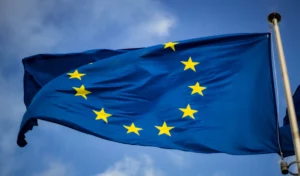
European Union: What Model in a Globalized World ?
The European Union is a leading global economy with a GDP of $16.4 trillion and strong trade and investment. It values human rights, democracy, EU’s economic and political impact.
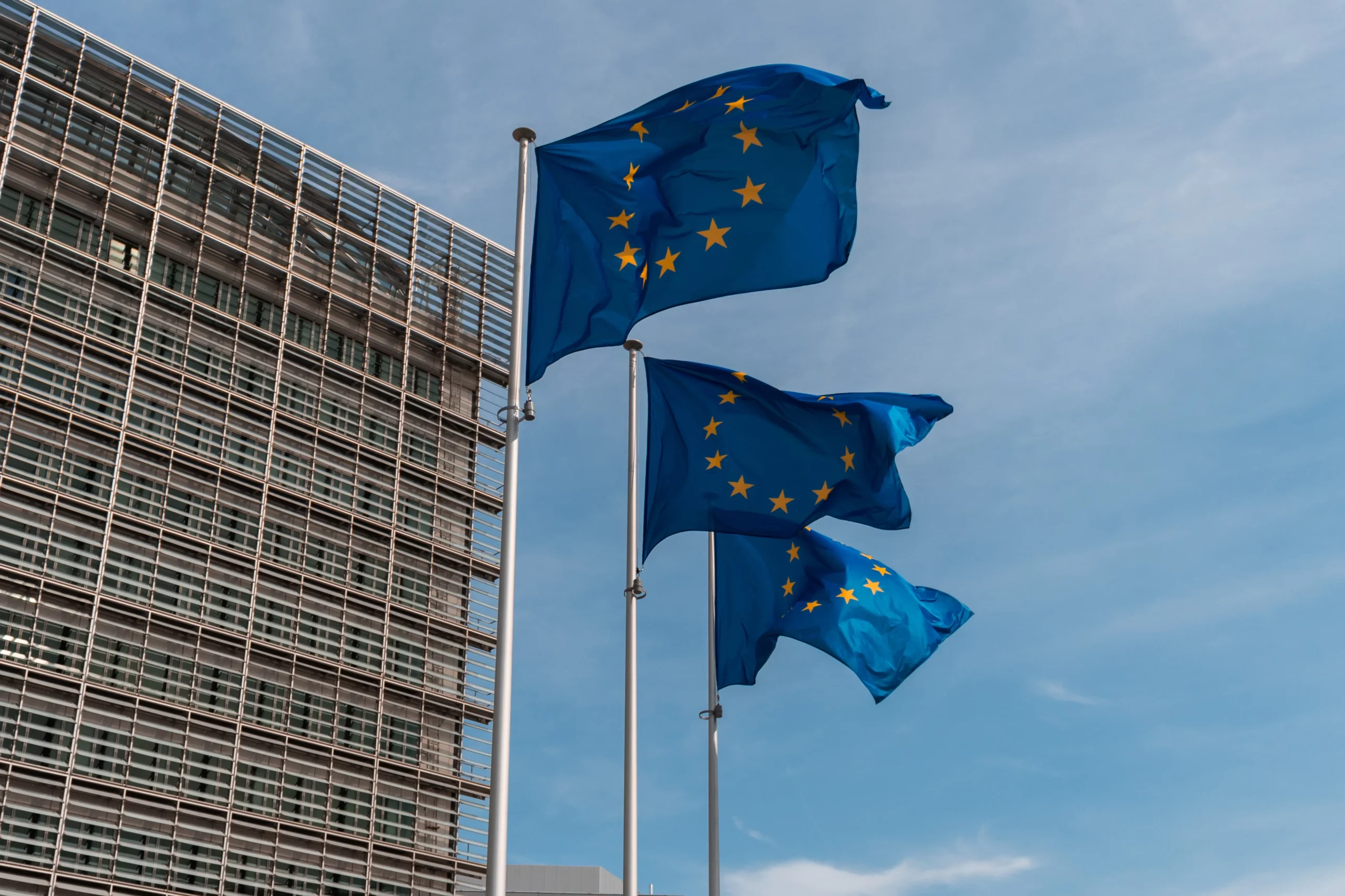
The fall of communism in the once-populist democracies posed novel challenges for the European Community, which had initially been conceptualized on a continental scale and not solely for its western part.
Post-1989, the European regional organization became a beacon of democracy and liberalism for the Baltic countries and central/eastern European nations (CEECs). It not only aided their economies but also served as a space of refuge in case of Russian aggression.
Existing member countries, like France, aimed to extend the realms of peace, cooperation, and free trade to the CEECs, envisioning them as potential clients for European businesses. Simultaneously, Western European governments feared the Balkanization of former communist Europe, given the ethnic conflicts arising post-Yugoslavia’s breakup.
Post-1945 marked the end of European bellicism, emphasizing the need for peace and cooperation among nations. The EU and the United States, allies since 1949, found their alliance challenged with the demise of the Soviet threat. Economic competition arose, leading to accusations of protectionism between Europe and the U.S.
Divergent views on the role of the EU in relation to the U.S. persist among member countries. While some, like France, seek EU as a counterbalance to American dominance, others, including Great Britain and former communist bloc countries, lean toward closer ties with Washington. Security consultations among member countries remain challenging, given the absence of a unified EU army.
The EU, a global economic power with high living standards, faces challenges in reducing disparities among member countries. Enlargement to less-developed states, especially Eastern European countries, brings economic imbalances. The period between 2004 and 2007 highlighted the economic weakness of new entrants, posing a need for European aid.
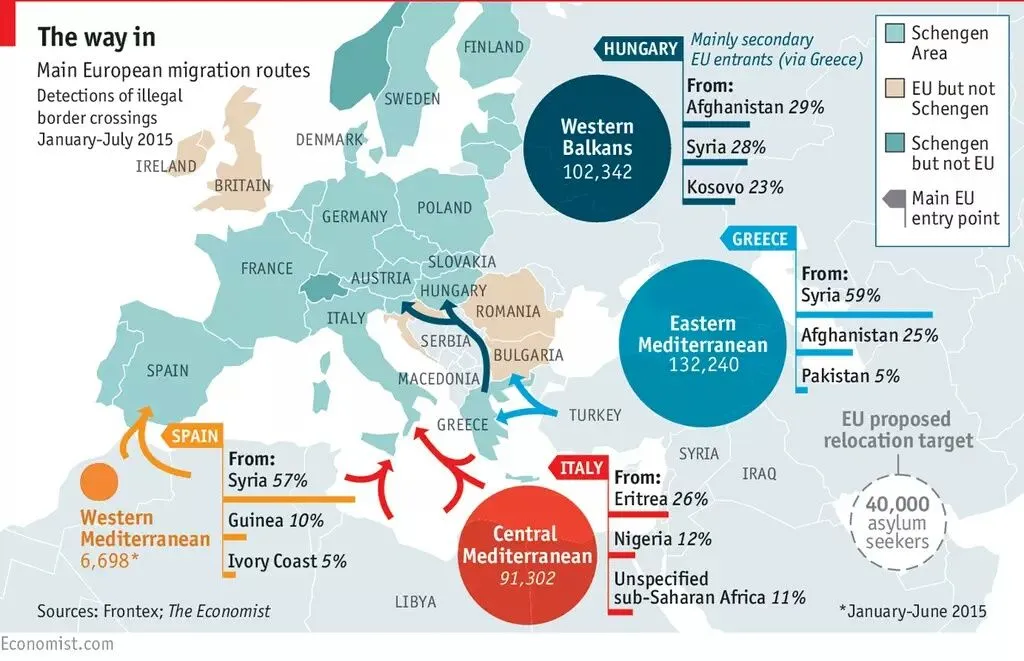
The 1990s saw the EU actively engaging in immigration and asylum policies. The Schengen area, Treaty of Amsterdam, and discussions on refugee quotas reflect the EU’s efforts. The 2015 peak in asylum seekers due to the Syrian conflict exposed internal divisions on migration policies.
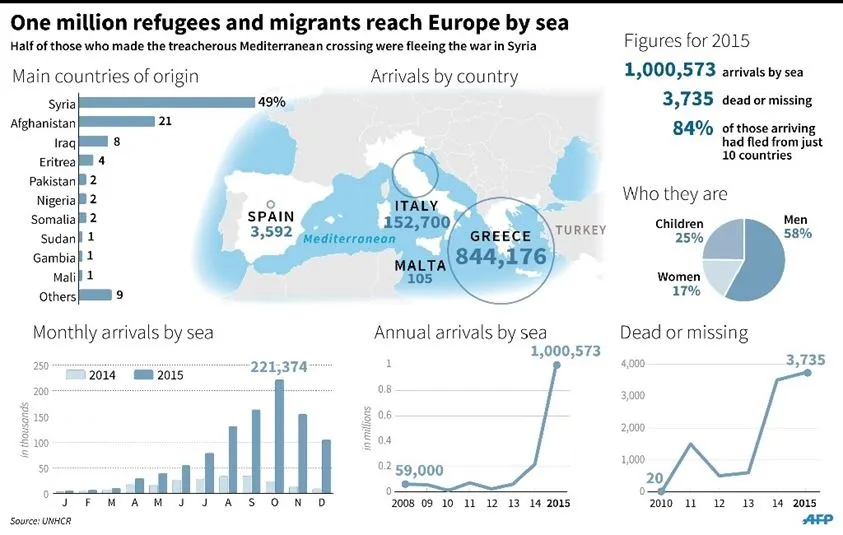
Ongoing political divisions and changing borders present a dynamic challenge for the EU. Debates over Turkey’s potential entry highlight the complexities of historical grievances, religious differences, and geopolitical concerns.
While anti-terrorism primarily remains a state matter, EU instruments like Europol, Eurojust, and Frontex emerged to coordinate actions. The EU faces the challenge of aligning member states’ interests and enhancing cybersecurity and counter-terrorism measures.
The 2008 economic crisis, stemming from ties with the United States, raised concerns about the EU’s stability. Austerity measures resulted in a social and economic crisis, particularly impacting countries like Greece. Germany, a major economic player, must balance its dominance to avoid appearing overly controlling.
Tensions persist with regionalisms and separatist movements, creating challenges for EU unity. Brexit, along with rising Europhobic and nationalist populism, poses existential questions. The 2014 European elections revealed growing Euroscepticism, challenging the credibility of the European project.
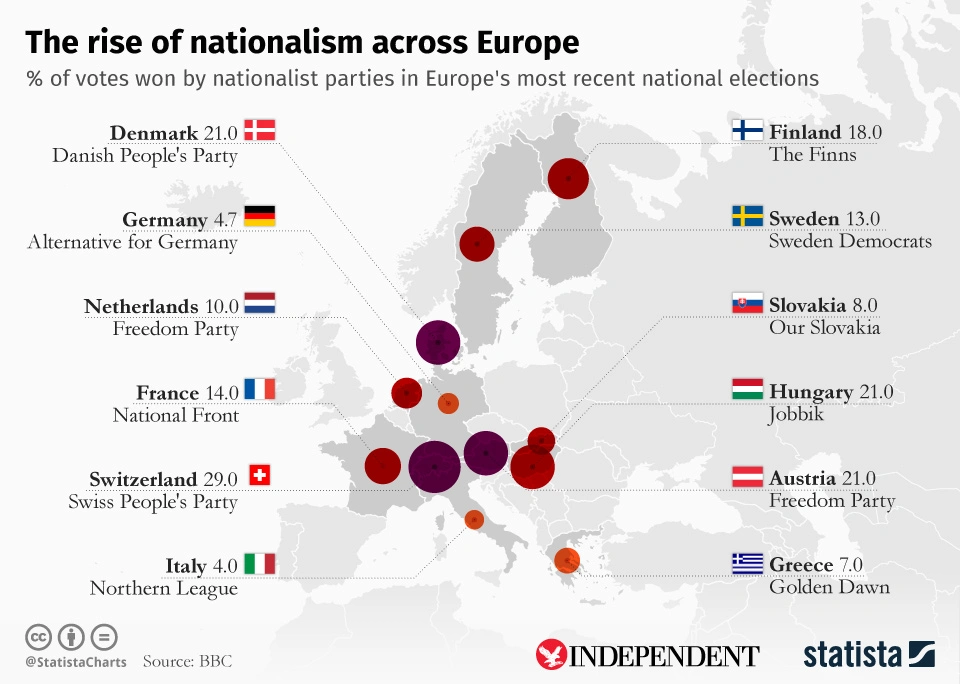
The challenge of building a united and peaceful Europe, overcoming historical animosities, was never guaranteed. The Cold War spurred economic integration, and the fall of the Iron Curtain allowed for enlargement and deeper political construction. However, the European work site remains open, facing contemporary challenges such as nationalism, regionalism, terrorism, and economic disparities. The construction of the “Europe House” continues, a testament to the ongoing journey of the European Union.

The European Union is a leading global economy with a GDP of $16.4 trillion and strong trade and investment. It values human rights, democracy, EU’s economic and political impact.
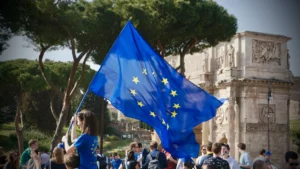
Unveil the impact of European Standards and Values in 2024, driving progress and unity across the continent through shared principles of democracy and equality.